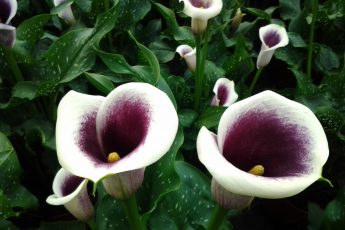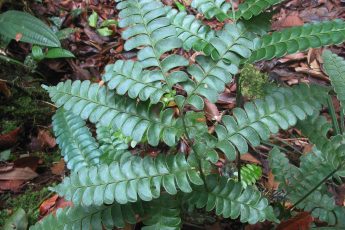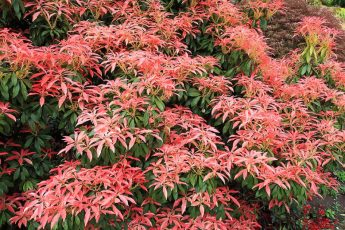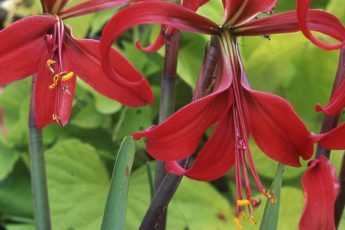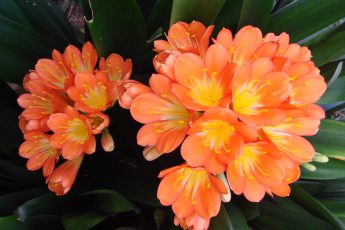Hyacinths, a member of the Lileaceae family, have enchanted gardeners with their vibrant blooms and intoxicating fragrance. This bulbous plant, known for its bell-shaped flowers arranged in a striking sultan, finds its origins in the Mediterranean and Asia Minor. Lovers of easy gardening with a touch of challenge will find joy in cultivating these magnificent plants, which often reach up to 25-30 cm in height. Whether you’re a seasoned florist or a budding plant enthusiast, understanding the nuances of hyacinth care will lead to delightful seasonal blooms.
Understanding the Lifecycle and Growth of Hyacinths
Hyacinths have a unique lifecycle that makes them a captivating addition to any garden or indoor space. With an average growth rate and a lifespan oriented towards forcing, these plants offer transient beauty, often used for one-time flowering before the bulbs are transitioned to garden soil. This process ensures that the bulb has the opportunity to rejuvenate for potential future blooms. Optimum flowering is observed at temperatures around 60.8°F. However, ensure a restful period of at least two weeks at 46.4-53.6°F to enhance flowering success in subsequent cycles.
Cultivating Hyacinths: The Essentials
One of the vital aspects of hyacinth cultivation is maintaining an environment that mimics its natural conditions. High humidity levels are beneficial, especially during the forcing period. Choosing the right pot is pivotal; it should always have drainage holes to prevent water from accumulating at the bottom, which can lead to bulb rot. Lighting is another crucial element, with hyacinths thriving in bright, indirect light preferably from east or west-facing windows.
Soil Requirements
Crafting a well-draining soil mix can make all the difference. A blend consisting of one part garden soil, one part coarse sand or perlite, and one part wet peat or humus, coupled with a dash of light lime dust, ensures adequate drainage and nutrient balance. Alternatively, a peat-based or sandy garden soil also serves well for hyacinth cultivation.
Watering and Fertilization
Despite their need for constant moisture, hyacinths are susceptible to overwatering, which can lead to bulb rot. Therefore, ensure that the soil is moist but never waterlogged. Begin fertilizing as soon as buds appear, continuing every two weeks until the leaves have fully withered. A balanced liquid fertilizer can boost growth and flower production, enhancing the vibrancy of your hyacinth blooms.
Propagation and Maintenance
Propagation of hyacinths is a straightforward process. After the flowering period, baby bulbs typically form at the base of the main bulb. These can be carefully separated and replanted, ideally into garden soil where they can mature further. This propagation technique is best undertaken post-flowering when the bulb is ready for transplantation into a garden environment.
Unique Care Features
When preparing hyacinths for distillation, it’s essential to position the bulb such that its top remains above the soil surface. This setup should then be placed in a cool, dark spot, like a basement or balcony closet, for at least two to two and a half months. Inducing flowers involves transitioning the plant to ambient conditions roughly two weeks ahead of anticipated blooming and ensuring it is shielded from light initially.
Post-flowering care is critical. Cut the flower stalks, but continue to water and feed the plant until the leaves have completely died back. This post-bloom care is crucial to strengthen the bulb for the remainder of its dormancy. If the inflorescence becomes too heavy, providing additional support helps maintain the plant’s upright structure.
Avoiding Common Issues
Despite being relatively easy to care for, hyacinths have their set of challenges. Bulb rot, resulting from excessive moisture, and inadequate blooming can indicate an insufficient or absent cold, dark period. It’s important to ensure these conditions are met to avoid distorted or disappointed blooms.
Safety and Toxicity
While beautiful, hyacinths can pose a risk if handled improperly. The plant contains substances that can cause irritations upon skin contact, ranging from redness to more severe blistering. Ingesting parts of the plant may lead to gastrointestinal discomforts, such as nausea or diarrhea. It’s advisable to handle the plant carefully, especially around children and pets.
Hyacinths offer a dazzling display of color and aroma, rewarding caretakers with each bloom cycle. With proper care and attention, these captivating plants can thrive, bringing Mediterranean allure into homes and gardens. Whether you’re engaging in indoor pot cultivation or transitioning bulbs to outdoor beds, a deep understanding of their lifecycle and needs will ensure that you enjoy robust flowering seasons year after year. Embrace the subtle complexities of hyacinth cultivation, and let their vibrance and fragrance transform your space.


